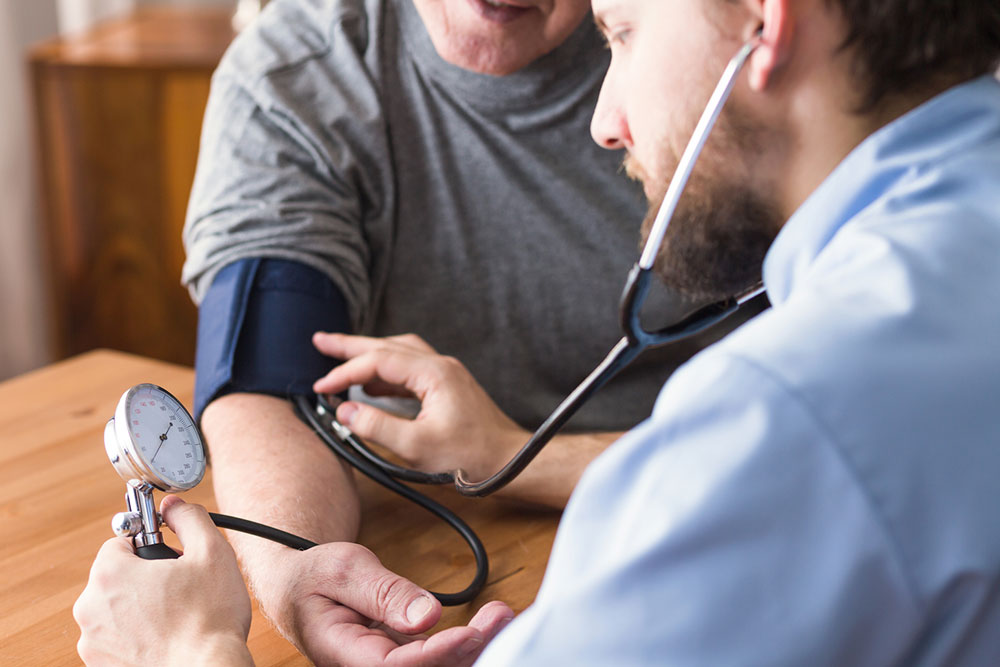
Signs & Symptoms
Causes and Symptoms of Gallbladder Disease
Gallbladder disease is caused by the accumulation of gallstones. Gallstones are structures formed by a combination of cholesterol, calcium, and bile salts. These structures are not stones but pieces of solid matter that form in the gallbladder, which is a small organ located under the liver in the upper right region of the abdomen. This pear-shaped organ stores bile produced by the liver to digest fat. It helps the body absorb fat-soluble vitamins and nutrients. In a healthy gallbladder, this process happens naturally without any discomfort or pain. However, when the gallbladder stops functioning well or if the bile ducts get clogged, it can cause a lot of pain and discomfort. Gallstones can develop in varying sizes ranging from as small as a grain of sand to as big as a golf ball. The pain may last from a few minutes to a couple of hours. Some people may develop a single gallstone, while others may get several gallstones at the same time. Statistics reveal that this disease has a high incidence in people who have weight problems, high blood cholesterol levels, and suffer from gastrointestinal disorders. Causes of gallstones According to observation, problems in the gallbladder arise because of improper diet and obesity. Gallbladder disease generally affects overweight people. The consumption of foods which are rich in fat also contributes to the development of gallstones. Thus, several people have to deal with the painful symptoms of gallbladder disease because of an inappropriate diet. Experiments reveal that the painful symptoms of gallbladder disease can get triggered due to allergic reactions to foods such as eggs, meats, dairy products, and citrus fruits. The consumption of chocolate, coffee, and carbonated soda can also trigger this condition. A few common reasons for the occurrence of gallbladder disease are: Genetic factors Excess weight Inappropriate diet Presence of excess cholesterol in bile If the gallbladder cannot empty properly, especially when you are fasting Pigment gallstones can occur in people with certain medical conditions, such as cirrhosis or blood diseases like sickle cell anemia.












